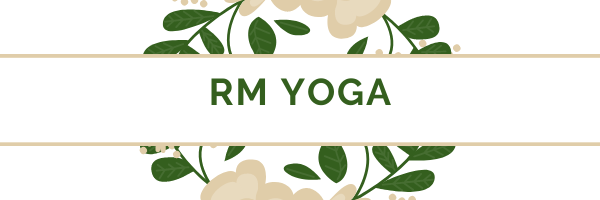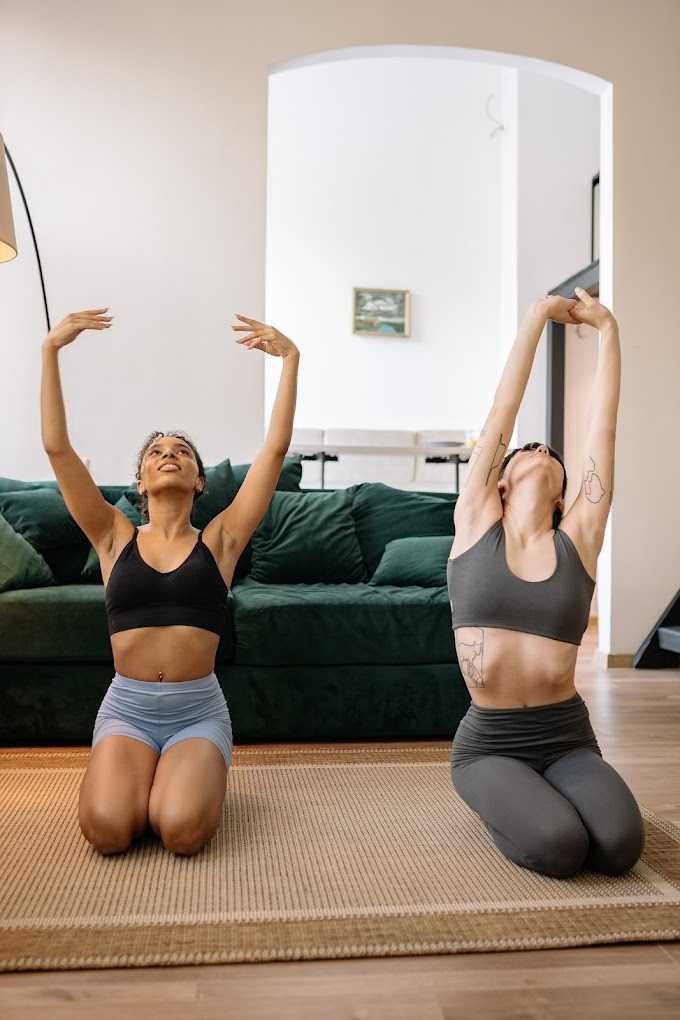What is Yin yoga?
While Yang yoga rehearses (Ashtanga, Vinyasa) truly focus on the 'shallow' muscles, in Yin yoga, we focus on the profound connective tissues of the body - the tendons, joints, bones, and profound belt organizations. A Yin class for the most part comprises of a progression of latent floor presents held for as long as 5 minutes or more. These postures basically work the lower part of the body - the hips, pelvis, inward thighs, lower spine. These regions are particularly wealthy in connective tissues.
On a vivacious level, Yin yoga further develops energy stream and improves the progression of chi in the organs. Be that as it may, the training additionally offers immense mental and passionate advantages as well, as we'll discover.
Who is Yin yoga for?
Yin yoga is for you assuming that you are worn out and longing for energy or you're over-invigorated and have a lot of energy.
Our reality assaults us with improvements, day in and day out, keeping our psyches continually occupied with handling all the data that is tossed at it. Regardless of whether the data is significant or garbage, it doesn't make any difference; the psyche actually needs to manage it. Ultimately, we become accustomed to that degree of improvement and begin to ache for it assuming things become peaceful. So we wind up perusing, searching for stuff; it doesn't make any difference what, as long as we fill the holes.
Any type of dynamic yoga takes care of this part of keeping ourselves occupied. Albeit the brain might quiet down because of dynamic exercise, we're actually taking care of the piece of us that pines for power and needs to be invigorated. We simply have gotten ourselves a better upgrade! I'm not empowering you to remove the powerful yoga, simply attempt to adjust all the in a hurry parts of life. An extraordinary method for doing that is by rehearsing Yin yoga.
Yin yoga and the body
Yin yoga deals with the yin tissues - otherwise called the connective tissues. Connective tissue reacts best to a sluggish, consistent burden, which is the reason we hold the postures for longer. Assuming you delicately stretch connective tissue by holding a yin present for quite a while thusly, the body will react by making it somewhat longer and more grounded - which is actually what you need.
Different Yin yoga presents animate and eliminate blockages in the myofascial meridians in the body, which thus adjusts the body's inward organs and frameworks. Yin yoga requires the muscles to unwind around the connective tissue to get a stretch, so few out of every odd yoga posture should be possible securely or successfully while rehearsing Yin style yoga. Hence Yin asanas have various names.
For instance, Baddha Konasana (Bound Angle present) in a Yang yoga class includes extending the spine, extending the muscles of the back and connecting with the muscles of the legs and midsection to crease the middle towards the legs. Nonetheless, in the Yin style adaptation which is known as Butterfly (envisioned), the muscles are loose and the spine normally adjusts with the goal that the head comes towards the knees, rather than the feet, as the body discharges.
Yin yoga and the brain
Turning out to be as yet in a posture and remaining for some time makes those holes that I alluded to before. Keeping the holes void makes space for anything that needs to come up. This could be nervousness, satisfaction bitterness, fatigue… any inclination or feeling you stifle with all hecticness in your life. Yin yoga gives you the reality to permit feelings, musings and sentiments you have kept in the shadows, to surface.
For the most part talking, during a Yin yoga class, you will be urged to permit that large number of sentiments to be there, yet not to relate to them. To notice however not become involved with them. It costs the body a great deal of energy to keep things stifled, so the delivery you feel from allowing everything to come out can be similarly as large.
Advantages of an ordinary Yin yoga practice
*Quiets and balances the psyche and body
*Decreases pressure and uneasiness
*Expands flow
*Further develops adaptability
*Discharges belt and works on joint portability
*Balances the inside organs and works on the progression of chi or prana











0 Comments
If you any doubts , please let me know